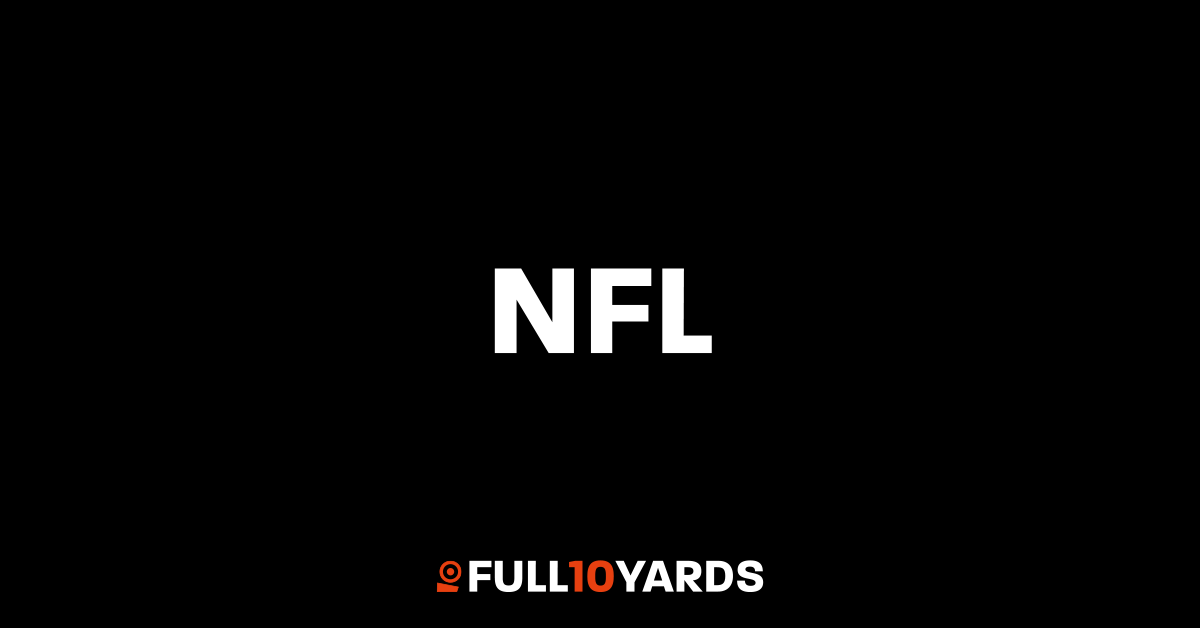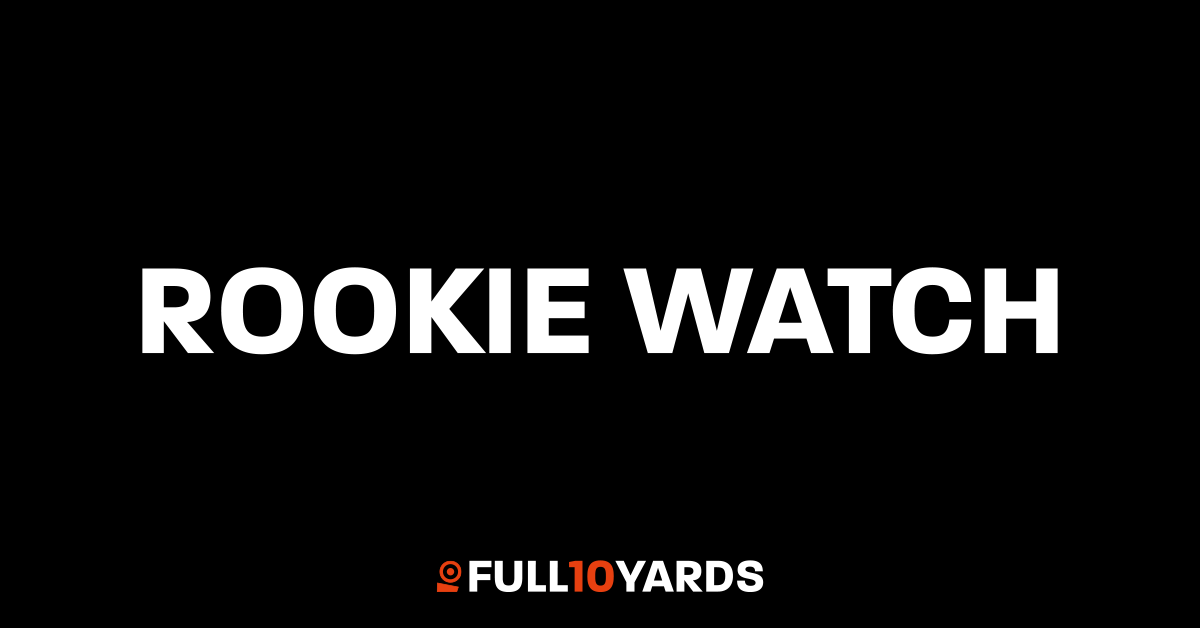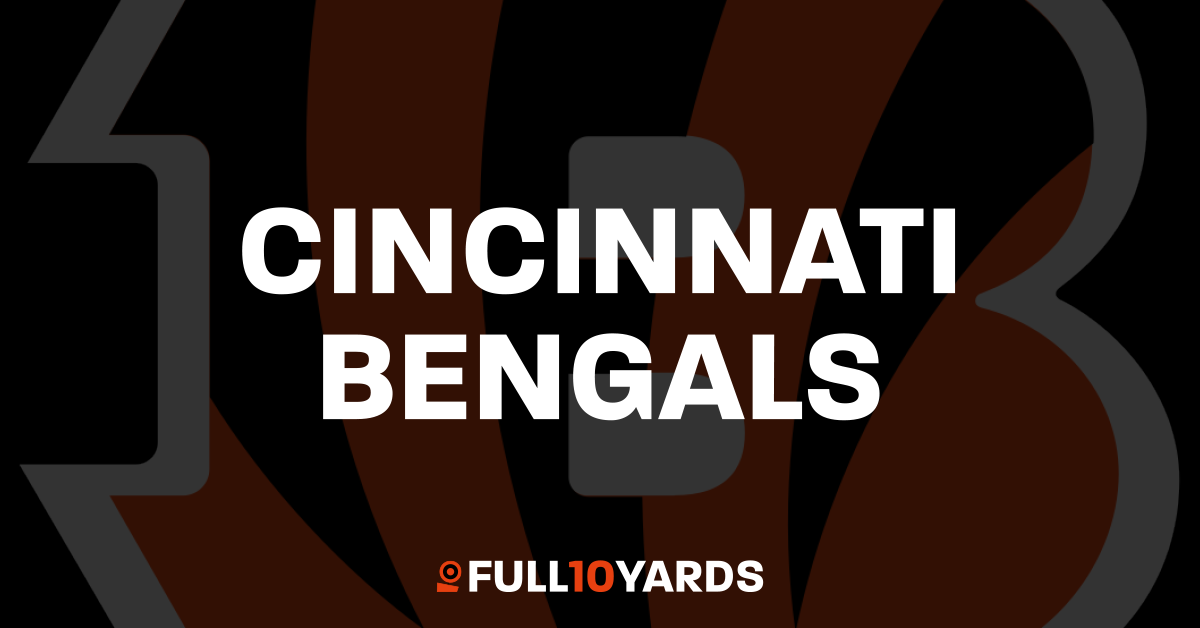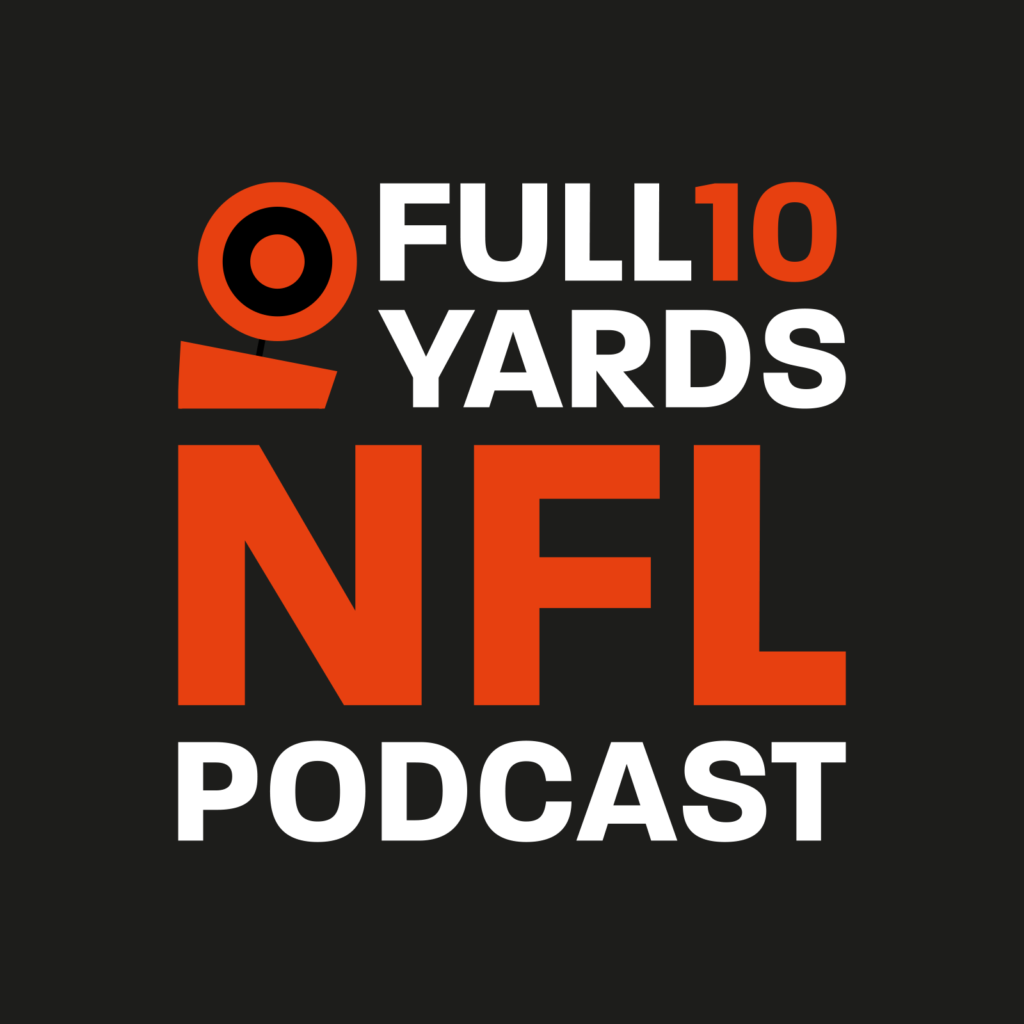
Whether you’re a fan of the NFL as a whole or more of a Fantasy Football aficionado, chances are you want to see the stars of the game perform well. You want the best players to fill the highlight reel week after week but inevitably, sometimes, they struggle.
In contrast to my last article about players who are exceeding our expectations, let’s take a look at a few players who are currently having some problems early doors and how they might get out of their funks.
Matthew Stafford
The issue: Throwing interceptions
Following a 24-9 loss to the San Francisco 49ers on MNF, the Los Angeles Rams are 2-2 through four games for the first time in the Sean McVay era. Sure, the Niners D looked pretty stout but the Rams offense was also culpable. All three of their red zone trips resulted in nothing more than field goals and inside the 20, Matt Stafford went 1-of-6 for -2 yards. Yikes! He was also sacked seven times and threw a game-sealing pick-six. All “self-inflicted wounds” according to McVay.
The costly interception means that Stafford now has a league-high six, after throwing five in the first two weeks against the Bills (3) and the Falcons (2). In addition, after throwing a scoring pass in every game last season, up to and including the Super Bowl, Stafford has played back-to-back TD-free games for the first time since 2016. Not good numbers for a guy who signed a four-year, $160 million extension this offseason.
In Stafford’s defence, his O-line is populated with back-ups and stand-ins. There’s nothing happening in the run game (Cam Akers had 13 yards in eight rushes on Monday). And his wideouts aren’t getting open (Allen Robinson had two catches from six targets for a paltry seven yards in the same game). All this means he’s trying to force-feed Cooper Kupp. Kupp had 14 catches on 19 targets for 122 yards on MNF; no other WR had more than two catches. But telegraphing everything to his WR1, even when double-teamed in tight windows, means opposing defensive backs are filling their boots.
How to fix it: Spread the targets out
McVay and Stafford need to put their heads together to sort out this misfiring offense. I think it starts with bringing Akers, Robinson et al into the game more, rather than relying on Kupp. Stafford is a good QB on a team chock-full of stars so they just need to let the others shine, starting against Dallas on Sunday.
Melvin Gordon III
The issue: Fumbling the ball
Gordon’s bout of butter-fingers has hit the headlines this year. He’s had four fumbles in five games so far this season and, with a drop in the final game of last year, his current streak is five drops in six. And it’s costing his team points.
His first drop of the current campaign came in Denver’s opener against Seattle, when he tried to stretch to convert a 4th-and-1 on the 1-yard line. The turnover was converted into a TD by the Seahawks, in a game they won by a point. He then had two fumbles in a loss to the 49ers in Week 3 and his most recent misdemeanour was on Sunday against the Raiders, which Amik Robertson took 68 yards back to the house.
Gordon has actually had an issue with ball security for a while now. He had three fumbles last year, and four in each of the two seasons prior to that, so that’s 15 in three-and-a-bit seasons.
How to fix it: Don’t overthink it
Some of this is just down to bad luck. However you protect the ball, it will pop out or get punched away from time to time. The trick now is to put this latest run of the jitters behind him, and play with confidence and freedom. With Javonte Williams going down with a season-ending knee injury last week, the pressure to put it right is on but at east Gordon posted an error-free game against Indy on Monday night.
Justin Fields
The issue: Not throwing the ball
It seems that Justin Fields, the Chicago Bears QB, either doesn’t like throwing passes or his coaches don’t trust him to. OK, he’s a young player in a new offense but among QBs who have played four games, he has the fewest pass attempts (67), completions (34) and touchdown passes (2). He hasn’t thrown for a TD since Week 1 and his passing yards per game have yet to exceed 174; they even dipped as low as 70. And he’s only completed more than 50% of his passes once, leaving him with the worst completion percentage among all starting QBs in the league (50.7%).
The Bears’ 23-20 win over the Houston Texans on Sunday exemplifies his struggles perfectly. Fields completed eight of 17 passes (47.1%) for 106 yards, took five sacks and threw two interceptions. He himself said he “played like trash” afterwards.
How to fix it: Quicker decision making
Fields could certainly extend plays while at Ohio State. He also takes his time to throw with this Bears team too but with NFL defences hunting him down, hanging on to the ball too long isn’t a good idea. It would certainly help if he had a better supporting cast than just Darnell Mooney. Until that changes, or Fields finds a way to get the ball out quicker, Chicago will continue to lean on the ground game in general, and Khalil Herbert in particular. Let’s see if anything changes in their divisional match at Minnesota in Week 5.
Joe Mixon
The issue: Rushing inefficiency
Last year, even behind a “sub-optimal” O-line, the Cincinnati RB rushed for 13 touchdowns and racked up 1,205 yards (4.1 average), the third-highest across the NFL. This year, with a revamped line, the offense as a whole has started slowly but is beginning to pick up. But something’s still not right with the running game.
Mixon is just not finding the lanes. So far this year, he’s had 82 rushing attempts – second only to Saquon Barkley’s 84 – so his 224 yards (21st in the league) is purely down to volume. According to The Athletic’s Paul Dehner Jr., his average of 2.7 yards per carry places him dead last out of 35 eligible RBs with a mininum of 35 carries, almost half a yard behind the second worst (Austin Ekeler, 3.1). He’s also 35th out of 35 in a host of other metrics including rush success percentage, yards after contact per attempt, PFF run grade and rushing expected points added. However you measure it, it isn’t great.
Sure, the run blocking hasn’t been great yet but Mixon isn’t making the most of what is available to him either. He’s not running downhill, but instead tries to skirt around the edges. He’s always stutter-stepping and cutting rather than just getting his head down and powering forward. And he gets hit behind the line of scrimmage with alarming regularity. Many fans have noticed “tells” in his pre-snap stance as to whether he’s going to be handed the ball or not, and it sounds like opposition defenses know them too.
How to fix it: O-line cohesion
Mixon, 26, isn’t running out of tread quite yet, and he’s had peaks and troughs in rushing efficiency throughout his pro career. I think his current struggles are more about operating behind an O-line with four new players who are taking time to gel. Once they do, they should create the channels for #28 to exploit, but let’s face it, we’re into Week 5… so it’s high time. To expedite this process, Mixon called a meeting with his blockers this week, to work on their chemistry and find ways to get back to last season’s form. I’m just not holding my breath this week: the Bengals will probably lean on their aerial attack on Sunday night at the Baltimore Ravens, who have the worst passing defense in the league (giving up 315 passing yards a game).
Chase Claypool
The issue: The scheme
Pittsburgh’s Chase Claypool is a 6’4” vertical threat but through four games, he’s had just 11 receptions for 79 yards. His 7.2 yards per catch is the equal-lowest of all WRs playing four games (tied with Tampa Bay’s Russell Gage), and that figure wasn’t helped by a Week 4 performance in which he had no targets at all. Pretty poor all round.
To be fair to Claypool (and maybe a bit harsh on his QB), Mitch Trubisky has been the signal caller for three-and-a-half of those games. But Claypool isn’t the sort who does his damage near the line of scrimmage, the environment where Trubisky likes to operate. The guy is more of a downfield threat.
How to fix it: Let Pickett loose
I suspect Claypool’s numbers will start to improve now that Kenny Pickett is under center. From what we saw of the rookie QB during preseason and in half a game last week, we should start to see less dink-and-dunk football, and a bit more explosive, down-the-field offense from the Steelers. Pickett has toughness and timing, and it feels like he could have the necessary leadership qualities to rally his troops, so having the newbie slinging the rock should play (literally) right into Claypool’s hands. They may be playing catch-up for much of the time against the Bills this weekend so let’s see if Chase is on the case.



